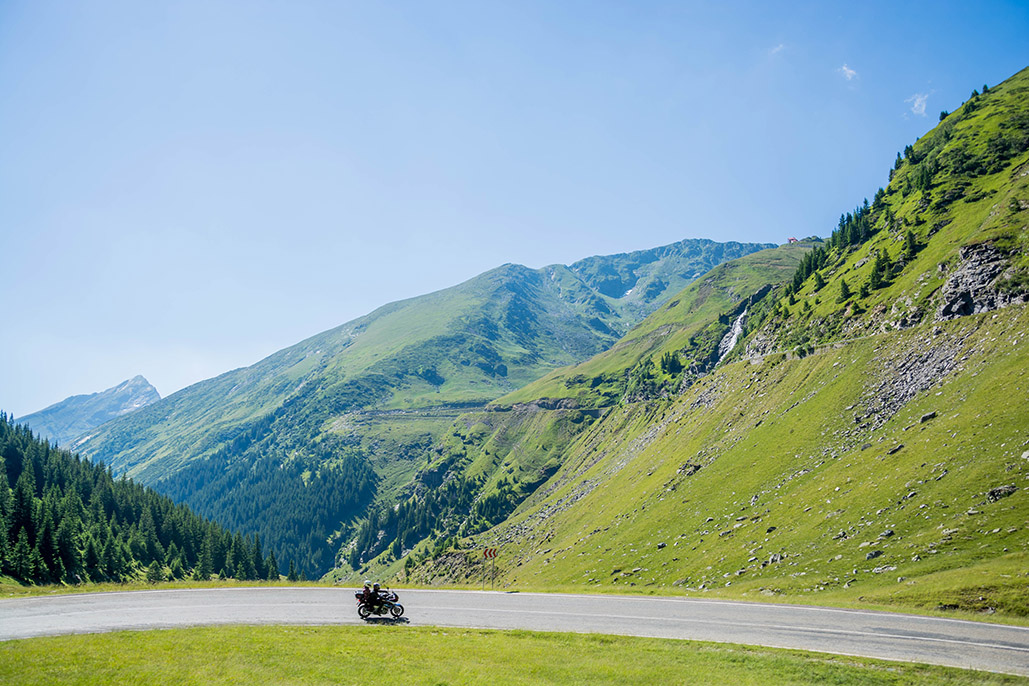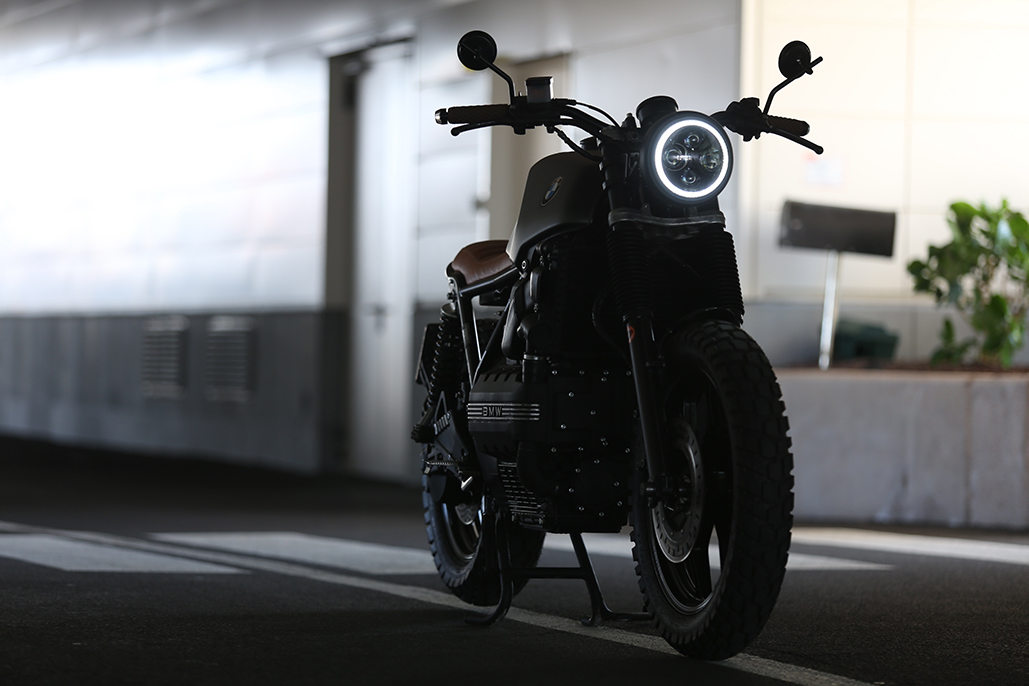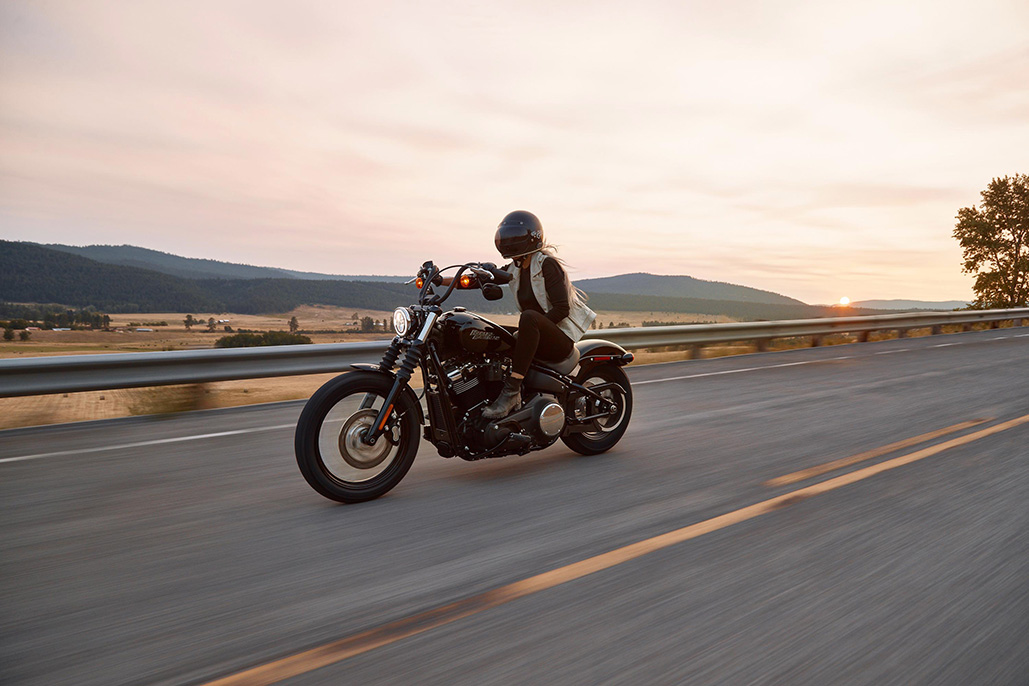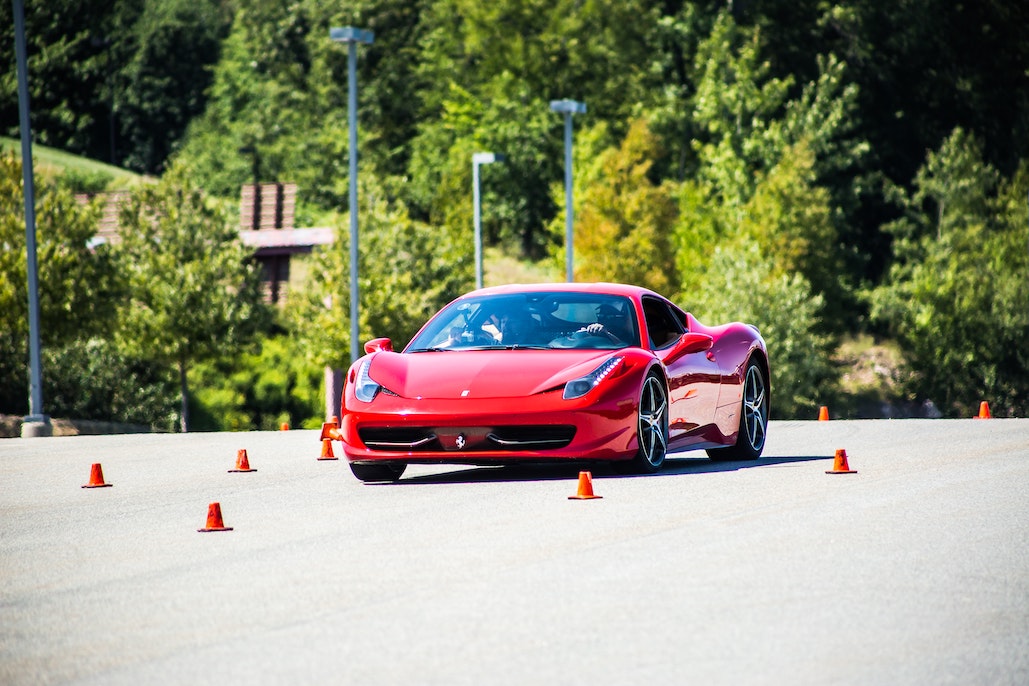The adrenaline released by every twist of your hand and the endorphins flowing compare to nothing in this world, and motorcyclists know it very well. Regardless of how free you feel when you ride at 170km/h, there are some rules to follow and documents to carry in Europe. Whether you’re planning to ride for several weeks or just a quick hop across the channel, you must know some things before booking your tickets.
Incidentally, most states ask for the original documents, but you can also photocopy them and keep them on hand for casual checks. If they’re insufficient, you can dig them out if needed.
Let’s go over the basic paperwork you’ll need and the most famous roads that bikers worldwide come to try.
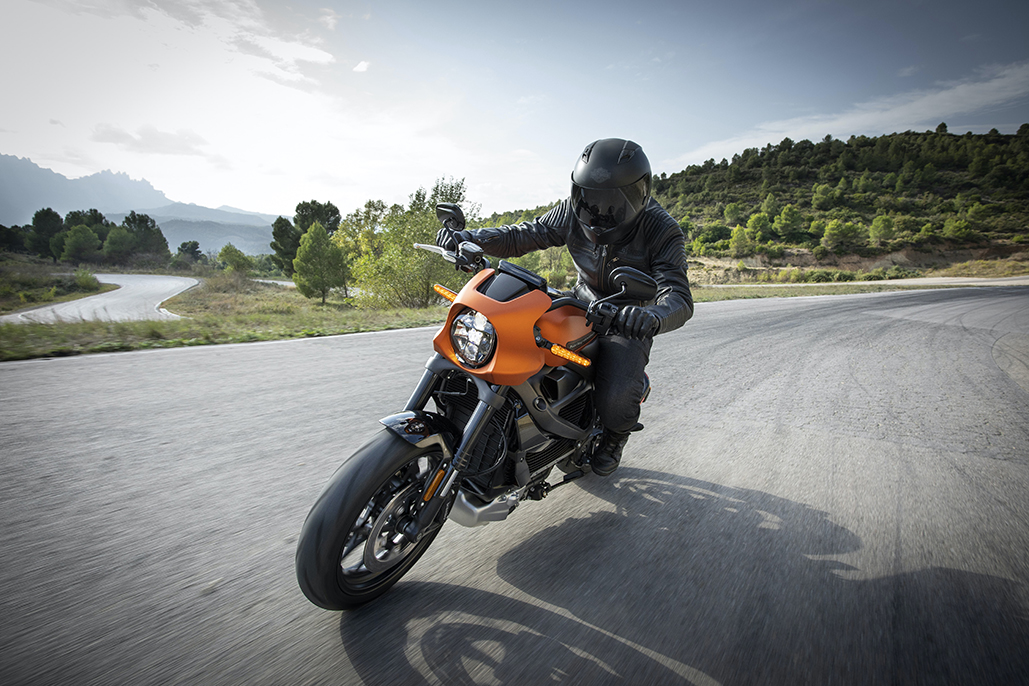 Photo source: https://unsplash.com/photos/MS0q8GqjVrY
Photo source: https://unsplash.com/photos/MS0q8GqjVrY
Passport
The first thing to look for is your passport. You can’t get anywhere without it; there’s not much to say about it, as it’s self-explanatory. However, it would help if you left a few clean blank pages and had at least six months of validity left when crossing borders. Border guards love putting tiny little stamps in the middle of the page. Also, check if your passport may expire while you are overseas and consider how you will obtain a replacement.
Bike documents
You must always carry your motorcycle’s MoT certificate and logbook (V5c). If the bike’s on finance or you’re not the legal owner, you may need a form of V103 to prove that you’ve been granted permission from the owner to take it out of the country. If you don’t have the logbook, you’ll have to replace it with a V103B. If you have any doubts, contact the finance company.
These assume you’re riding the bike yourself. Extra paperwork may be needed if you take it on a motorhome, trailer, or van.
Insurance
You don’t need a Green Card to ride in UE anymore, but you’ll need your insurance certificate. Print it out if it’s supplied digitally. Otherwise, bring the original document.
Travel/breakdown insurance isn’t mandatory, but it’s recommended. Just like a tool or puncture kit is helpful.
These three are just mandatory, but each country has its own requirements (though not all are legal).
Extra
France and Italy are some of the countries that attract the most tourists, and you’ll have plenty of good roads and breathtaking panoramic viewpoints to check out here. They’re neighbours, so let’s see what else to pack when you visit them on two wheels.
Italy
Italy’s a great place to ride. From the lakes and mountains in the north to the agricultural south, the roads here have a bit of everything. Basic equipment rules/paperwork is no different than those in other EU places, but they’re a few additions to ensure precaution in case of improper weather conditions. As they say, prevention is better than cure. It’s also what can minimise the number of medical negligence claims, whether you talk about taking preventative measures when hopping on your bike or having a healthy lifestyle. So, here’s what the Italian institutions want you to know when you’re riding in their country:
- You need to take a hi-viz or reflective gilet with you
- Fuel can be costly on motorways
- Speed limits are 130 km/h on motorways, 110 km/h on dual carriageways, 90 km/h on A roads, and 50 km/h in town. When it rains, the first two drop to 110 km/h and 90 km/h.
France
Maybe you’re not going to France explicitly, but you’ll likely pass through and need to be legal while riding there. Besides the main EU requirements, this country has a few extras, like the following:
- CE-approved gloves
- A hi-viz or reflective gilet or jacket for emergencies
- An in-date alcohol tester (though there are no fines if you don’t have one)
- Reflective stickers on your helmet (in theory only, because it’s not a common practice).
Top 4 Famous Riding Roads in Europe
Transalpina road, Romania
Tourists call the Transalpina Road “the diamond of the Carpathian Mountains”. It’s the highest motorable road of the Carpathian Mountains and has an altitude gain of ~1800m, reaching 2145m in Pasul Urdele. With a length of 148 km, it was built as an army road during World War II. Until 2007, it was mainly a mountain off-road route, but after being consolidated, it got open for access. The charm comes from the wild nature, the “lost in time” atmosphere, and the countless curves any rider seeks. The road is usually open between May and October.
Stelvio Pass, Italy
Stelvio Pass was built almost 200 years ago as a connection between Lombardia and the Austrian Empire, and is the highest paved mountain pass in the Eastern Alps. The Stelvio is recommended for confident and experienced drivers. It has a total of 65 hairpins, of which 48 are on the Northern side, ascending more abruptly (1800m altitude gain, 7.4% incline). Top Gear deemed it the best driving route in Europe, only to change its mind and declare Transfagarasan as the winner.
Col de Turini, France
What makes Col de Turini a go-to isn’t its 34km length or top altitude of 1604, but how complex and dangerous it is. Both the Tour de France and the Monte Carlo Rally have used it to test the skills of some of the best sportspeople worldwide. With 34 hairpins to the top, vertical drop views and fast-changing weather, this crazy spaghetti-looking map will pump your adrenaline to new levels. The southwest D566 road, for instance, has a steep incline of 7.2%.
Tara River Canyon, Montenegro
Tara Canyon is part of a UNESCO site, is over 80km long and is the deepest canyon in Europe. It’s up to 1,300m and is an excellent choice for rafting owing to its furious river. Djurdjevica (135m height), with its 350m zip line, satisfies adrenaline enthusiasts looking to “fly” over the Tara River at over 50km/h.
Concluding
European countries have a little bit of everything to delight any thrill seeker. These are the essential documents you’ll need to ride here, but ensure you inform yourself in advance of any particular details. There are more exciting roads in Europe recommended by seasoned motorcyclists that will make your heart skip a beat, like the following:
- Cliff Road (Cheddar gorge), UK
- Great San Bernard pass, Switzerland
- Transfagarasan road, Romania
- Atlantic Ocean Road, Norway
- Gotthard Pass, Switzerland.



